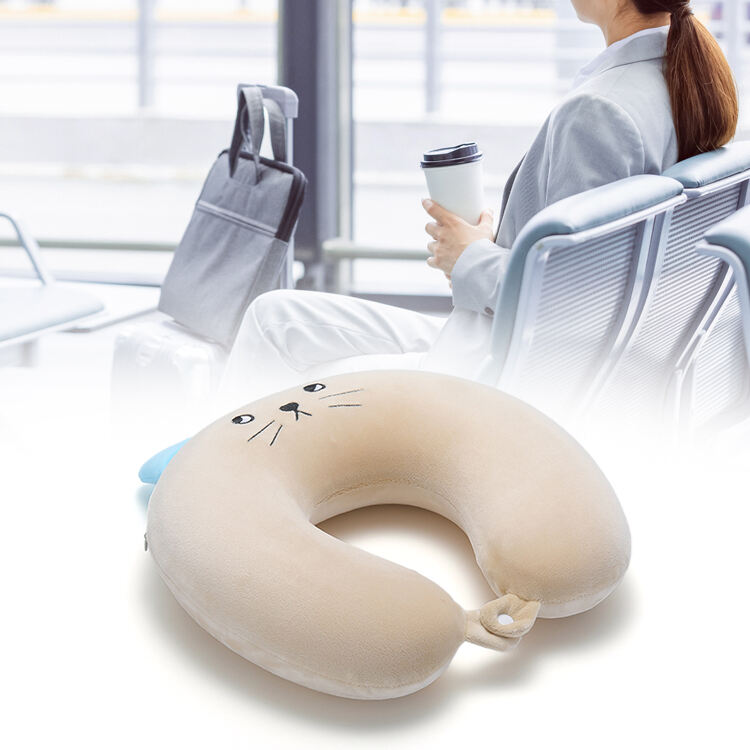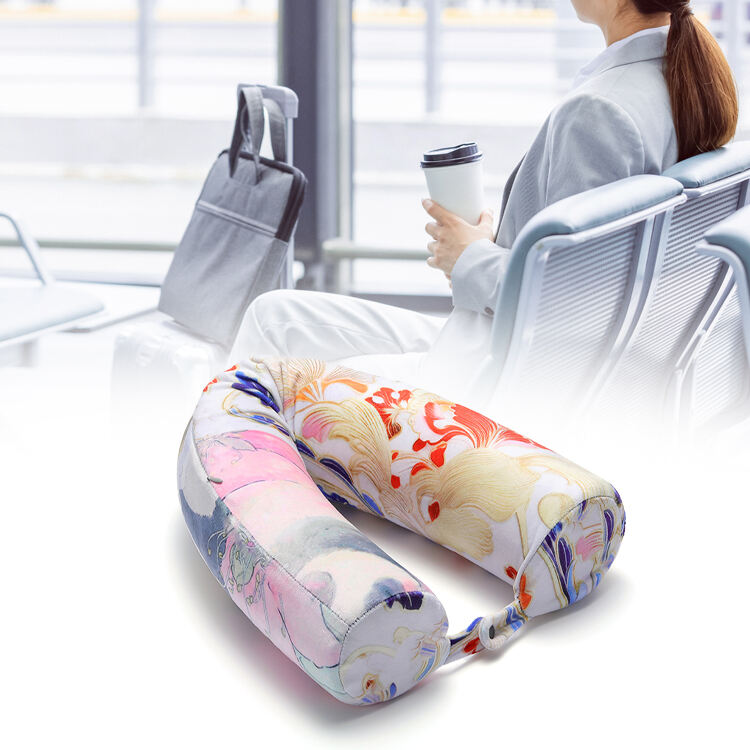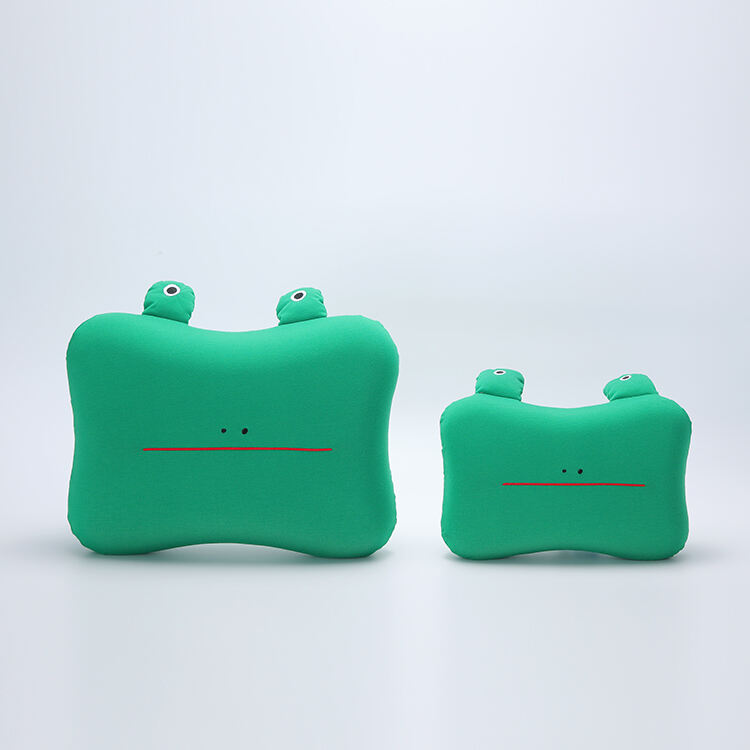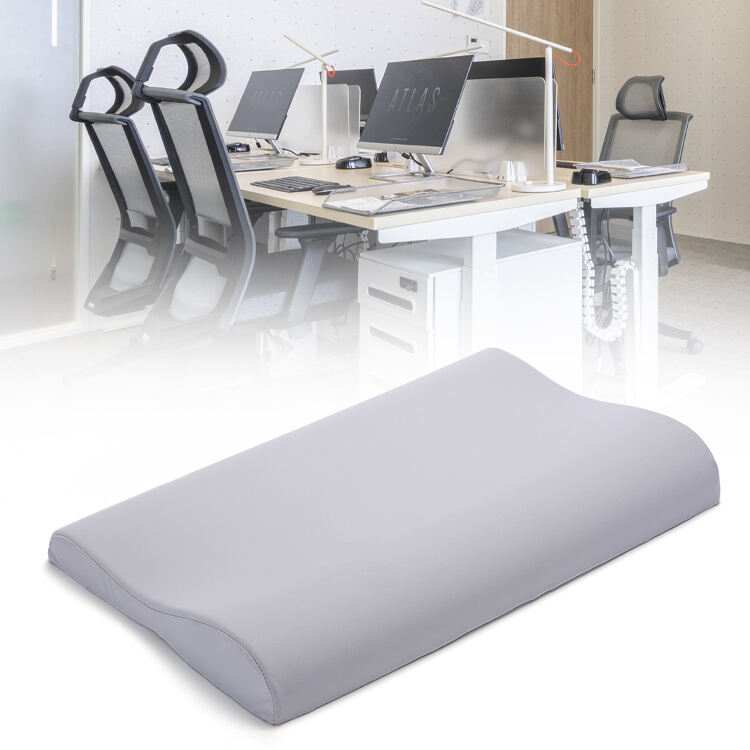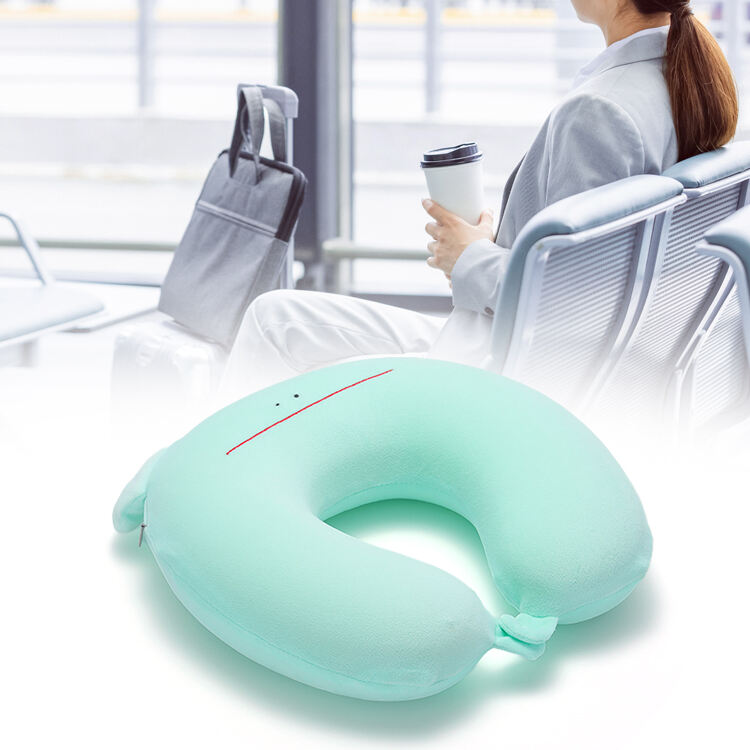Why Memory Foam Lumbar Cushions Are Essential for Back Pain Relief
So many people around the world suffer from chronic back pain. And it often gets worse when we sit for a long time or have bad posture. A memory foam lumbar cushion is really great because it can fit the natural shape of your spine. It gives special support to the lower part of your back. Regular flat seat cushions are not as good. These ergonomic memory foam cushions change where the pressure is on your body. This helps to reduce the stress on the discs and muscles in your spine. Some studies have found that if your lower back is in the right position, it can cut down on the discomfort by as much as 40% when you sit for a long time, like in an office chair or in a car.
Choosing the Right Ergonomic Support for Your Lifestyle
Not all lumbar cushions are the same. High-density memory foam is better than regular foam. It keeps its shape well and doesn't get all saggy, so it can support you for a long time. You should look for cushions that are shaped like the S-curve of your spine. They should be thicker in the middle to support your lower back and have thinner edges so they don't put pressure on your rib cage. Cushions with breathable mesh covers are great too. They let air flow through, so you don't get all hot and sweaty when you're driving in the summer or working at your desk. If you use a wheelchair or travel a lot, you can get lightweight cushions with non-slip straps. These will stay in place when you move around.
How Proper Lumbar Alignment Improves Overall Posture
When we slouch, our spinal ligaments are forced into wrong positions. This makes our muscles tired and puts pressure on the discs in our spine. A good memory foam cushion can help you sit better. It makes you adjust your posture a little bit without you even really thinking about it. When you put the cushion at the right place, around your waist, it helps keep your spine in a neutral position. Your ears should be over your shoulders, and your shoulders over your hips. This way, you can reduce the tension in your neck and stop yourself from getting that forward head posture that a lot of people who use computers have. If you also take breaks to stretch regularly, the cushion will work even better.
Solving Common Back Pain Scenarios with Targeted Support
Do you get pain in your tailbone from sitting on hard surfaces? Memory foam can help. It soaks up the impact and cushions your coccyx. People with sciatica can feel better because the memory foam spreads the weight evenly, which reduces the pressure on the nerves. Pregnant women often have a hard time because their center of gravity changes. They can use thicker memory foam cushions to feel more comfortable. The great thing about these cushions is that you can use them in more places than just chairs. You can put one behind your knees when you sleep to ease the tension in your lower back, or even use it as a bolster when you're meditating. But it's always a good idea to ask a physical therapist for advice on how to use it best for you.
Maximizing Comfort During Extended Sitting Periods
To make the most of your memory foam cushion, you should also have some good habits. Make sure your chair is at the right height so your feet are flat on the floor and your knees are at a 90-degree angle. Take short breaks every 30 minutes to stand up and stretch. You can also try using two different cushion densities during the week to change where the pressure is on your body. And don't forget to clean the cover often. This will keep it clean and make the foam last longer. Over time, people who use these cushions say they don't need to take as much pain medicine and they can move around more easily in their daily lives.
Addressing Myths About Lumbar Support Products
Many people think that firmer cushions are always better, but that's not true. If a cushion is too hard, it can make your muscles tense. Memory foam is great because it slowly molds to your body, giving you both support and comfort. Another wrong idea is that cushions make your core muscles weak. But actually, if you use the right ergonomic cushion, it can help you use your postural muscles better. These cushions are not a replacement for medical treatment, but if you use them all the time, they can be a really good part of managing back pain.


